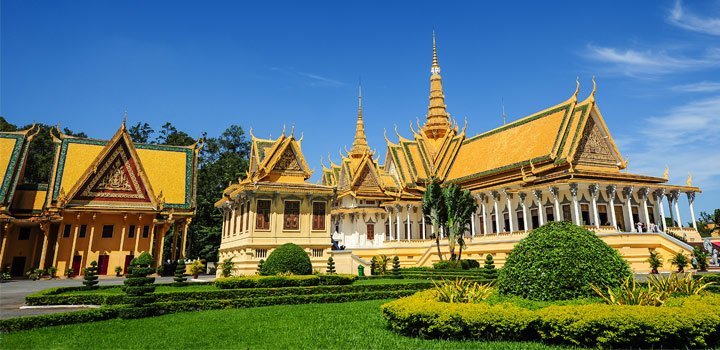
Things To Do in Phnom Penh
Phnom Penh is a city with a very unique history
Phnom Penh is the capital of Cambodia. Although it has a long history, Phnom Penh hasn't always been Cambodia's capital. It was founded in 1372 and briefly served as the capital after the fall of Angkor. It would become the capital once again in the mid-19th century during the French colonial period.
It’s well worth visiting and there are many things to do. It's by far the largest city in Cambodia. You should spend at least a day here but you’d really need three days to do it justice. Located by the Mekong River, you’ll find monks in robes, bustling markets and towering golden Buddhas. It’s also a very modern city. Expect a lot of loud cars and motorbikes. You’ll find the best nightlife in Cambodia in Phnom Penh. You’ll also find the scars of the brutal Khmer Rouge era. The city has risen from the ashes after its darkest chapter in the 1970s.
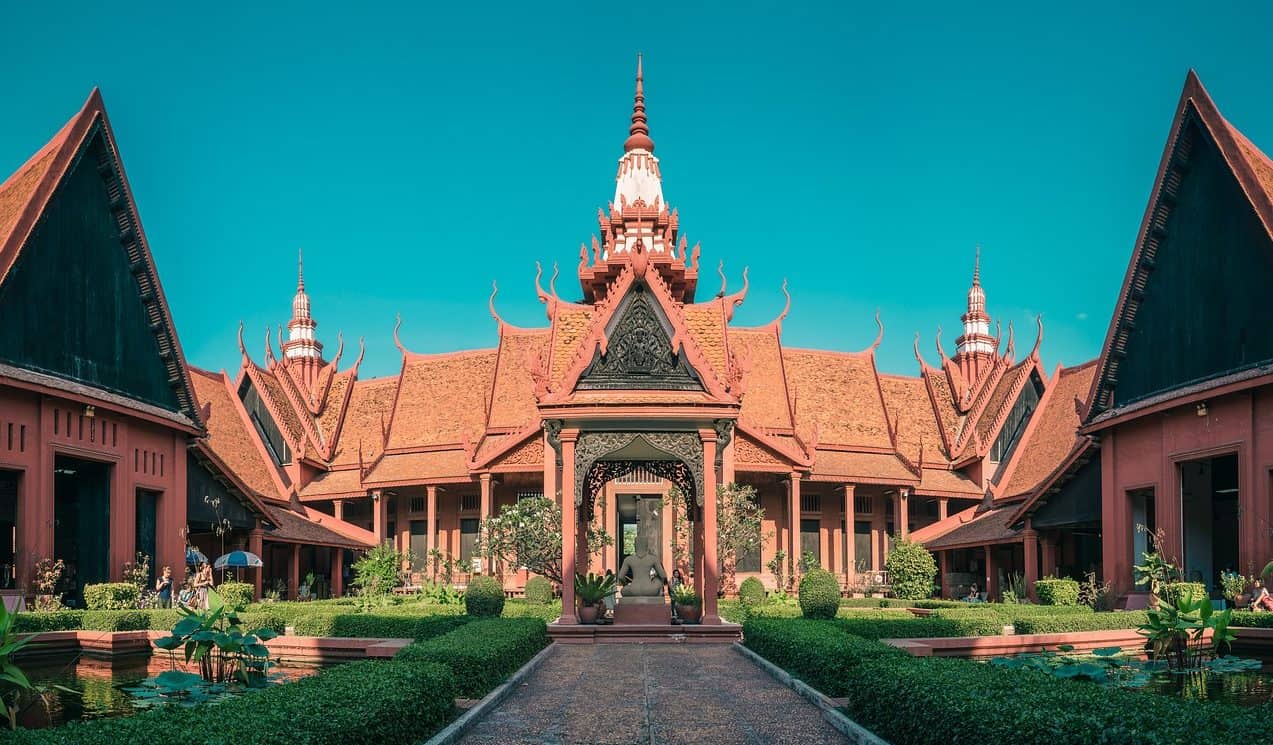
Royal Palace and Silver Pagoda
This is the official home of Cambodia’s king and it’s sufficiently grand. Modesty is required in the royal presence so make sure your upper body and knees are covered. The construction of the palace was completed in 1866. It was built under the auspices of the French. It was built as a new royals residence when the Khmerian king decided to move the capital from Oudong to Phnom Penh. If the blue flag is flying it means the king is in residence.
As the royal family still live here you can’t visit all the buildings. It’s worth a visit though. The gardens are indeed fit for a king. You’re able to visit the Throne Hall, the Napoleon Pavilion and the Silver Pagoda. The latter is where you’ll find the Temple of the Emerald Buddha. This is a historic temple to visit as it’s one of the only ones to survive the dark days of the Khmer Rouge. You’ll see the Emerald Buddha himself on the ceiling.
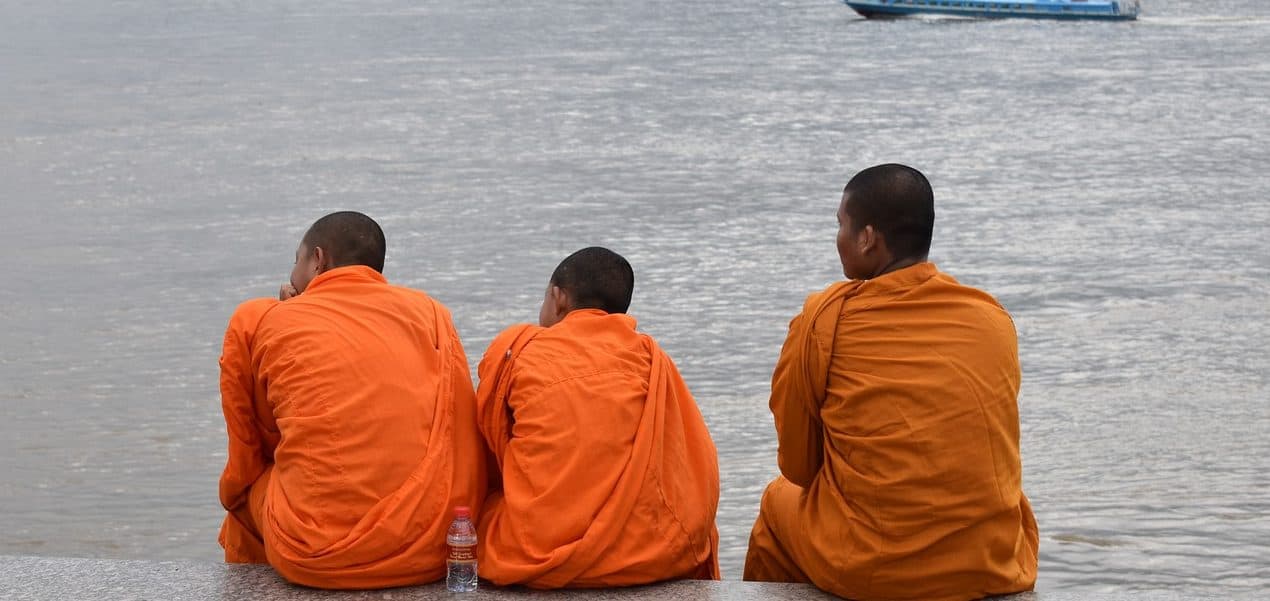
Wat Phnom
Wat Phnom was built in 1372 on the city’s only hill. Legend has it that Lady Penh discovered some Buddha statues that had been washed up by the Mekong River. This is where Cambodia’s capital gets its name from. Phnom Penh means “hill of Penh.”
You’ll see a seated Buddha in the sanctuary. A stairway leads to the main pagoda. Inside you’ll find striking artwork on the walls and sacred murals. As the legend of Lady Penh and Wat Phnom is the founding legend of the city, it’s well worth a visit. On your way back down you can visit the manicured gardens surrounding the sanctuary.
National Museum of Cambodia
This is Cambodia’s most important museum. You’ll find a millennium’s worth of Cambodian art and history. The first thing you’ll see is a Vishnu statue. There’s an extensive collection of pre-Angkorian art dating back to the 8th-century. You’ll see some ancient Hindu relics, such as the 1,500-year-old eight-armed Vishnu. The museum also has a lot of pottery - no museum is complete without very old pots!
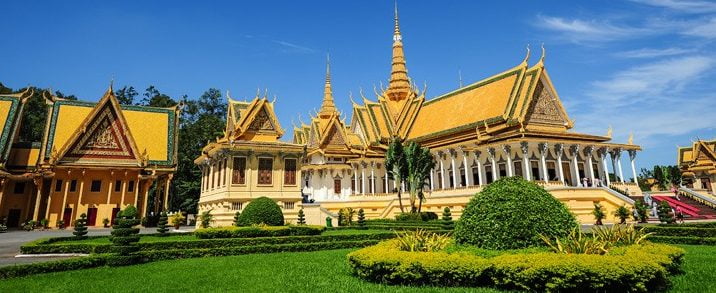
Gay bars in Phnom Penh
While Phnom Penh does have a gay scene it’s very discreet. More so in recent years after a government clampdown on gay venues. It’s far easier for LGBT+ tourists in Cambodia than it is for locals. While the culture is broadly tolerant, homosexuality is a taboo. Then again, so is sex generally. Public displays of affection are ill-advised for gay or straight couples.
Toolbox Bar is a newer addition to Phnom Penh’s gay bar scene. The staff speak English. It has a laid back vibe and you can watch live shows later in the evening. The terrace is a good place for people watching. Space Salon & Bar is also a good choice. It’s a hair salon by day and a gay bar at night. Heart of Darkness if the most gay-popular club in Phnom Penh.
Tuol Sleng Genocide Museum
Cambodia experienced unspeakable crimes under the Khmer Rouge regime. When Cambodia was ruled by the communist party from 1975 - 1979, the regime tried to make Cambodia into a paradise of collective farms. This mass human experiment led to famine and genocide on an industrial scale. In the name of a paranoid and bizarre ideology, around 25% of the population perished. It happened within living memory and the scars of the Khmer Rouge era are still very visible.
Tuol Sleng was a school that the regime used as a prison camp. Only seven prisoners survived. It’s a pretty shocking place to visit. You can still see the blood-stained walls, cells and torture equipment. It’s not for the faint-hearted but it has to be seen.
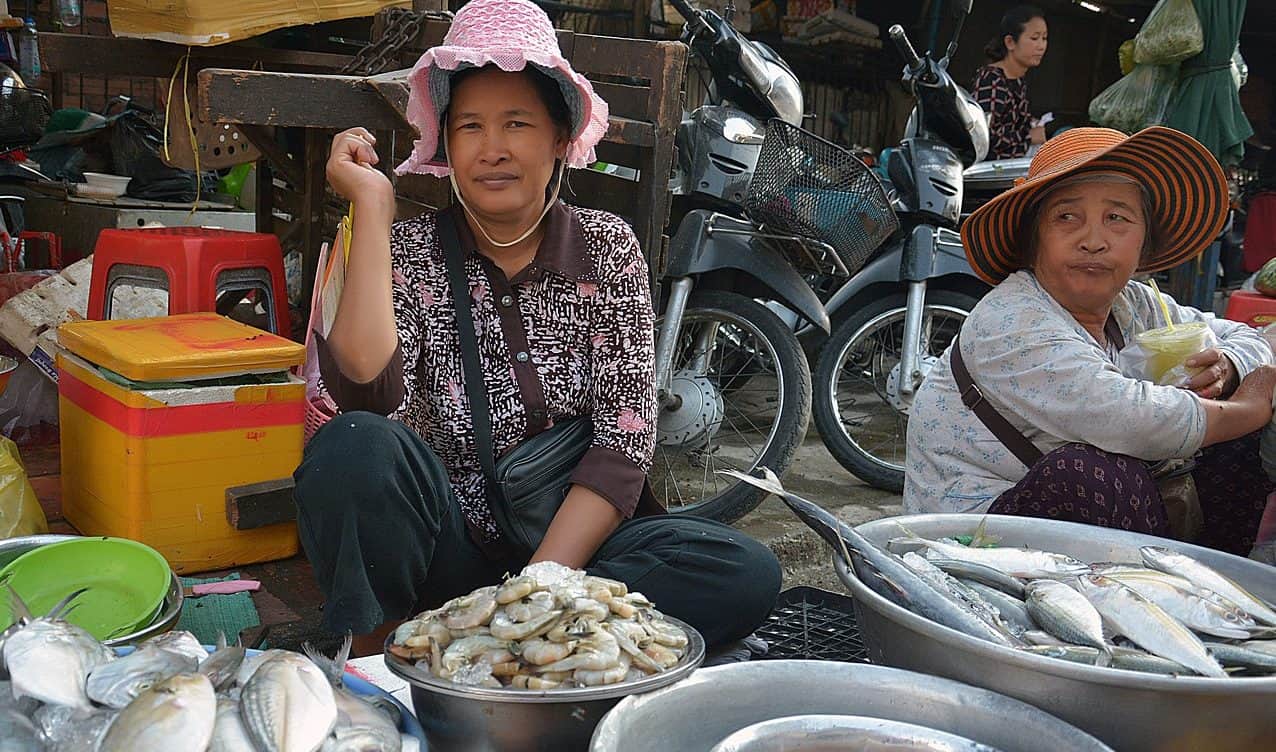
Central Market
Prepare for an assault on the senses. It was built in the French colonial period and it’s been going since 1937. The market is housed in a striking Art Deco building. It was once hailed as Asia’s largest market. You’ll find very touristy merchants selling merchandise. You’ll also find a dazzling array of clothes, food, flowers and just about anything you can think of. Try your hand at haggling.
The Central Market is a great place to buy gifts. You'll find exotic Asian goods at the many bazaars. The jewelry is particularly eye-catching - some of it is especially well crafted. Leave some space in your suitcase: this will be a great shopping experience.
Join the Travel Gay Newsletter
More Gay Travel News, Interviews and Features
The Best Tours In Phnom Penh
Browse a selection of tours in Phnom Penh from our partners with free cancellation 24 hours before your tour starts.
